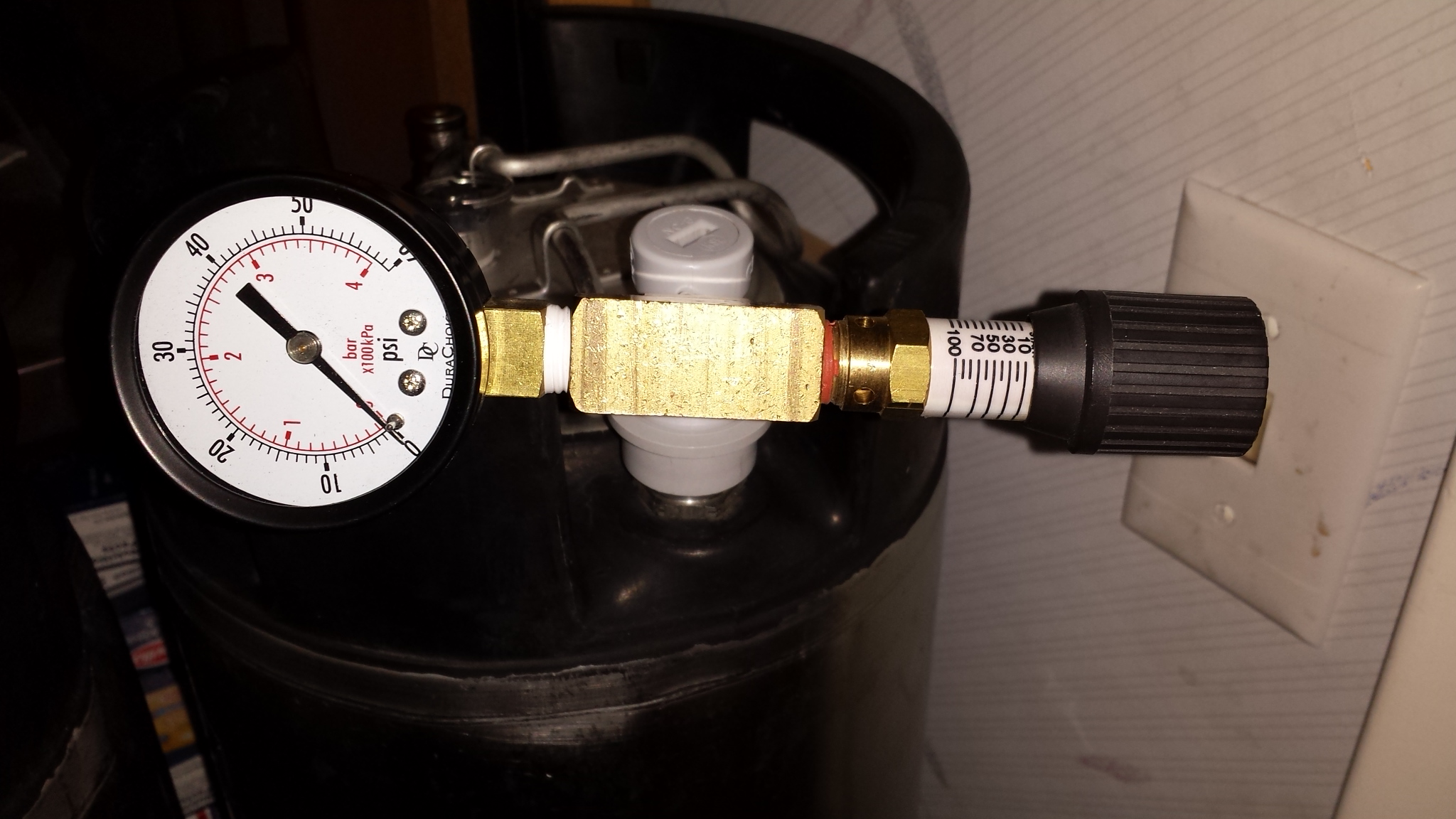beervoid
Hophead & Pellet Rubber
I've got the following situation.
I've got a fridge to cold crash and store my beers before I move them to my kegerator where I can connect them to constant co2 pressure.
I've got co2 available at the "cold crash fridge" but I can only keep 1 keg connected at the time.
What i'm doing now is every morning and evening I top it up to about 20psi. This usually drops to about 15-12 psi by the time I check again.
This seems to make sure the kegs keep sealed but it is kind of tedious so im looking for possible solutions and suggestions to perhaps do this another way.
Force carbonating is not an option as I got all loose hops in the kegs.
How long do I need to keep topping up?
Will my beer not be over carbonated at some point?
Cheers!
I've got a fridge to cold crash and store my beers before I move them to my kegerator where I can connect them to constant co2 pressure.
I've got co2 available at the "cold crash fridge" but I can only keep 1 keg connected at the time.
What i'm doing now is every morning and evening I top it up to about 20psi. This usually drops to about 15-12 psi by the time I check again.
This seems to make sure the kegs keep sealed but it is kind of tedious so im looking for possible solutions and suggestions to perhaps do this another way.
Force carbonating is not an option as I got all loose hops in the kegs.
How long do I need to keep topping up?
Will my beer not be over carbonated at some point?
Cheers!



















































![Craft A Brew - Safale S-04 Dry Yeast - Fermentis - English Ale Dry Yeast - For English and American Ales and Hard Apple Ciders - Ingredients for Home Brewing - Beer Making Supplies - [1 Pack]](https://m.media-amazon.com/images/I/41fVGNh6JfL._SL500_.jpg)






